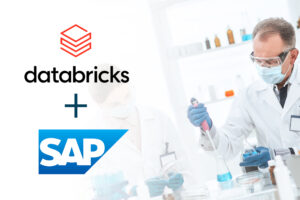The Agile manifesto is a set of guiding values and principles for Agile software development. It consists of four values and twelve principles. These principles are designed to help teams work together more effectively and efficiently while building quality software.
Before diving into the manifesto, a few concepts help us understand what it represents!
Key Agile concepts
Team
Daily Meetings or
Stand-Ups
User Stories
Personas
Incremental Development
Iterative Development
Milestone Retrospective
The main Agile values:
The Agile Manifesto values are the keystones of an Agile development process. They provide a framework for team building and collaboration while ensuring the highest quality of software products and services.
Agile methodology values promote a culture of trust, transparency, and shared responsibility among teams. They also emphasize continuous learning, experimentation, and improvement by encouraging.
- Individuals and interactions over processes and tools.
- Working software over comprehensive documentation.
- Customer collaboration over contract negotiation.
- Responding to change by following a plan.
The 12 Agile principles:
The 12 Agile development principles outlined in the Agile manifesto provide the foundation for an effective and efficient software development process. These principles emphasize team collaboration, customer-centricity, continuous learning, improvement, and change response.
By implementing these values into their methodology, teams can ensure that they are producing high-quality products while maintaining trust with customers and stakeholders. With its focus on individuals over processes and tools and working software over comprehensive documentation, Agile provides a framework for building strong relationships within organizations while ensuring successful product delivery.
1
2
3
4
5
6
7
8
9
10
11
12
Benefits of following the principles:
Customer Satisfaction:
Flexibility:
Collaboration:
Faster Time-to-Market:
Increased Productivity:
Sustainable Development:
Technical Excellence and Good Design:
Simplicity:
Autonomy:
Continuous Improvement:
Keeping an Agile mentality
In conclusion, an Agile methodology is a valuable approach to software development that offers many benefits, including increased customer satisfaction, flexibility, collaboration, faster time-to-market, increased productivity, sustainable development, technical excellence, simplicity, autonomy, and continuous improvement.
Adopting Agile methodology can help organizations to improve their software development process and achieve better results.
Learn more about our services!
Or contact us directly! Ask away!
And we will have the perfect role for out-of-the-box thinking developers ready to change the game and enhance your business to new heights.



